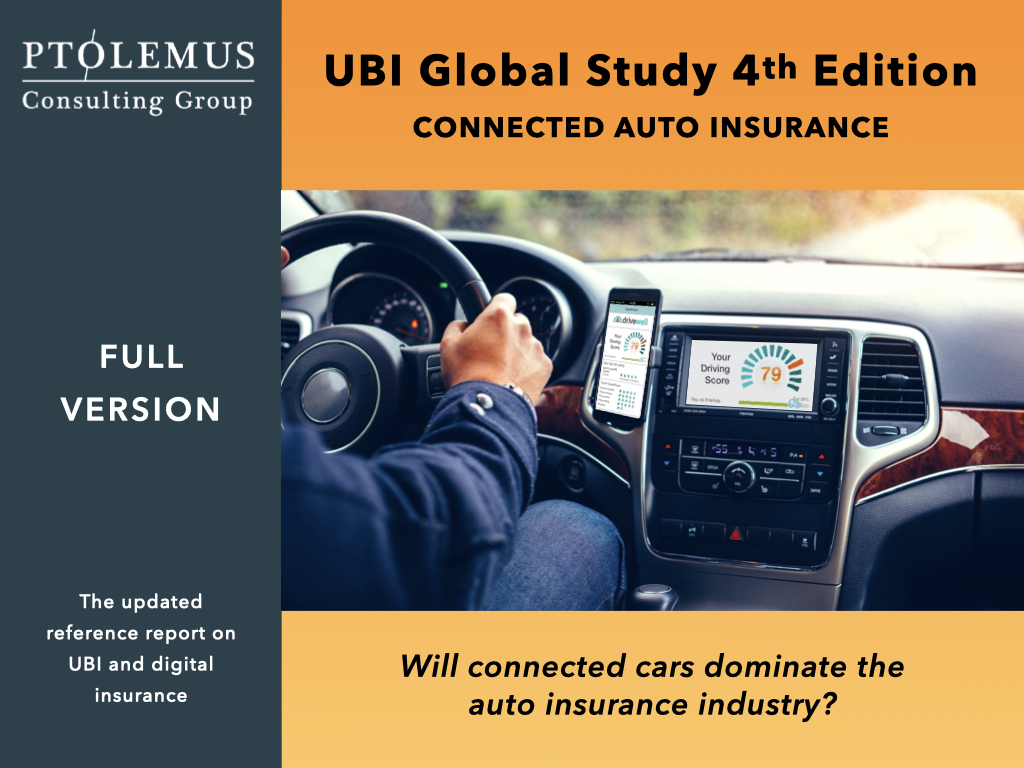The influx of OEMs into connected insurance is the tip of the iceberg for the global UBI industry.
If you have been reading any automotive trade news recently, you may have seen Elon Musk’s announcement that Tesla intends to launch a UBI product in October, in Texas, USA. The justification being that with the stream of “actual driving data” available from their connected cars, Tesla is best placed to price insurance premiums for its customers.
For once, however, this announcement is not so “avant-garde” and in fact represents only the tip of the iceberg…
During the course of our research for the Connected Auto Insurance Global Study, we discovered that an increasing number of car manufacturers are entering the insurance industry with new UBI programmes, or increasing their range of UBI programmes through partnerships and in-house activities.
For example, in the below chart in the last 3 years OEM-led programmes have been growing and now account for 2 in every 5 mileage-based insurance programmes worldwide.

So what is behind the growth in activity?
There are three key factors PTOLEMUS identified are at work: customer-awareness, technical capability and most importantly, strategic necessity.
Starting with customer-awareness, the auto industry has been undergoing something of a quiet revolution over the last three years. Customers are increasingly comfortable with, and expectant to access, connected services in-vehicle. However, from an OEM perspective, it has not been easy to find the correct combination of services for which a consumer is willing to pay, and there have been some rather public “about-face” events in recent years (such as BMW rethinking the fee it applied to its models in 2019, enabling customer to access Apple CarPlay).
However, there is evidence that OEMs are finding applications that can work, namely in practical applications, investigated by PTOLEMUS in our Connected Vehicle Payments Global Study, such as parking and fuel payment services, but also connected auto insurance products, too.
An additional factor, for the consumer, is that the insurance industry suffers – to a degree – with either being commoditised on price only (such as in the UK) or perceived as a traditional service provider (such as in France) resulting in low churn and little interest in new products.
In contrast, as a consumer product, the car almost universally elicits engagement at an emotional level where insurance does not. Buying preferences coalesce around emotive subjects such as styling, safety and reliability, even in the most objective of buyers.
Therefore, OEMs have an inherent advantage over insurers, insofar as they can near-universally market connected insurance as a differentiator that improves the experience of their product to a receptive audience.
Furthermore, via the in-vehicle infotainment system, OEMs have the perfect platform with which to communicate with the customer/policyholder.
The irony of connected data “inadequacy”
From a technological standpoint, it is a fact that OEM data is not without its drawbacks. During our research we identified a common theme of issues that prevent connected vehicle data from being embraced by third-party insurers and TSPs. Namely: price, consistency, quality and in some cases latency.
Simply put, the insurance industry is unwilling to pay OEMs for data at a higher unit cost, which does not meet the requirements outlined by their actuaries! Especially if this data can be sourced from TSPs (or in-house) at a lower unit cost.
It is therefore not without irony that this “inadequacy” of the data is pushing OEMs towards setting-up their own connected insurance schemes. Not least as they are the best placed to work with their own data and well placed to intercept the relationship between insurer and policyholder…
Whilst it must be stressed that not all OEMs have the opportunity to provide captive insurance, consider the fact that captive finance from OEMs account for approximately 40% of all new vehicle purchases.
Furthermore, as OEMs – on average – sell 40-50% of their vehicles into the fleet market, where the selection criteria is universally driven by the Total Cost of Ownership (TCO), by reducing the cost of insurance – which represents around 12% of a vehicle’s TCO – is a compelling option that could provide a price advantage for an OEM, increasing sales penetration.
Looking further ahead to OEM’s long-term strategy, it is planned to be Connected, Autonomous, Shared and Electric (CASE). The complimentary nature of in-house connected insurance products is obvious. In doing so OEMs would be ideally positioned to provide on-demand insurance for users of shared mobility services and, potentially, insurance for autonomous vehicles. Especially if the insurance industry chooses to price risk against autonomous vehicles, much like the circumstances surrounding one Tesla owner on Twitter, that resulted in the aforementioned announcement made by Elon Musk in late September…

